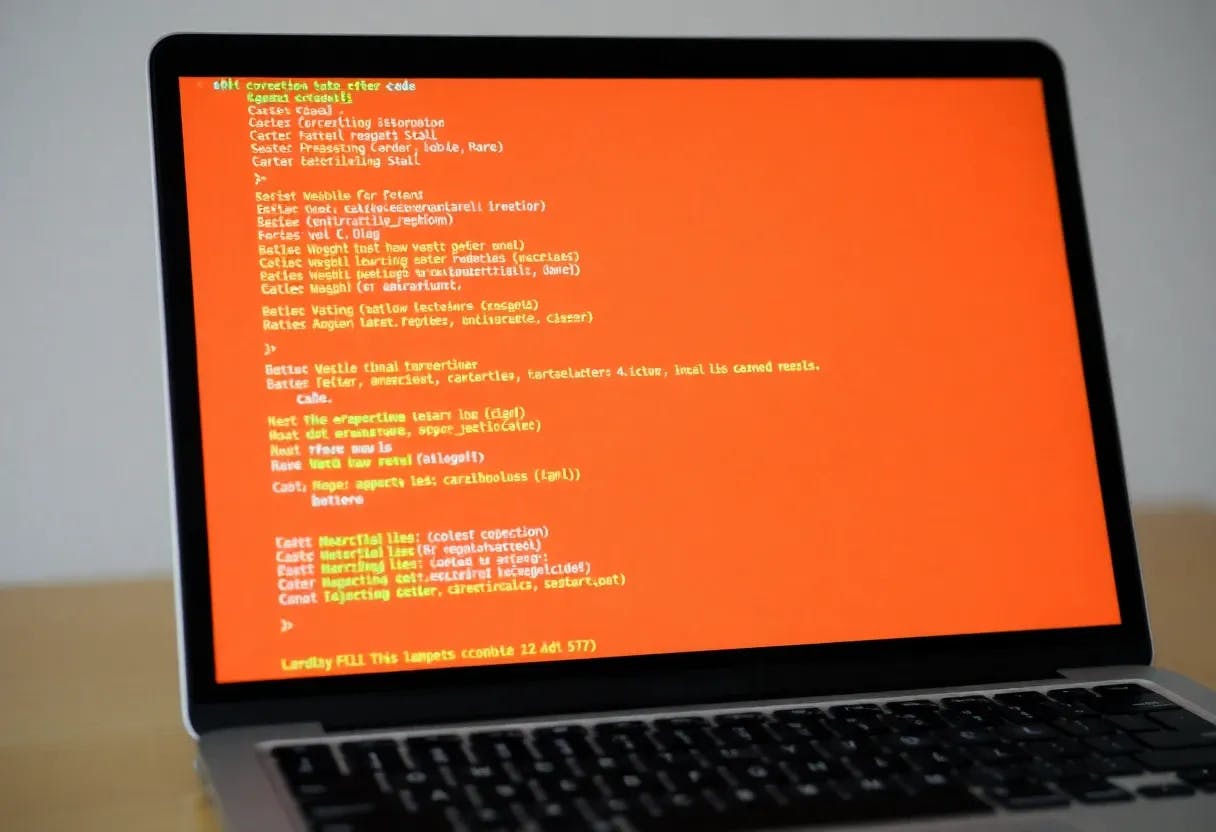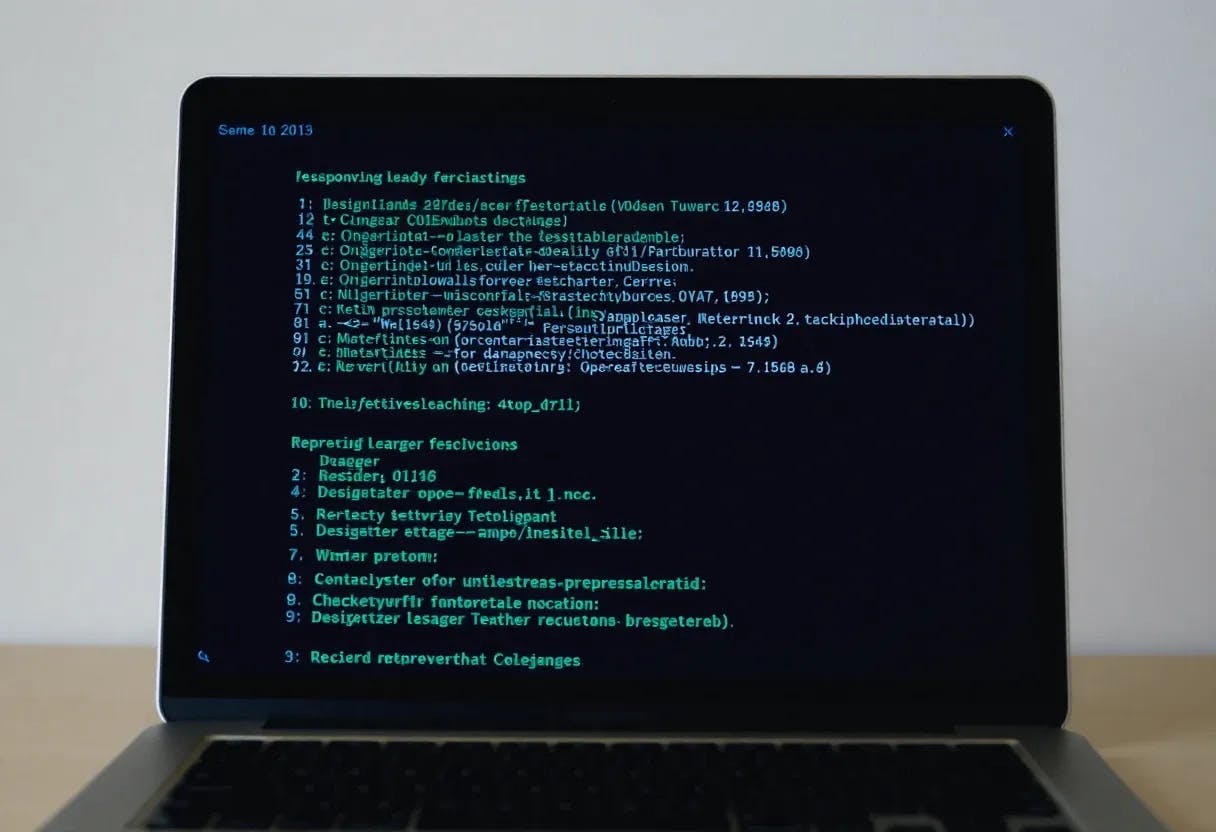A China-aligned threat actor known as TA415 has been attributed to spear-phishing campaigns targeting the U.S. government, think tanks, and academic organizations utilizing U.S.-China economic-themed lures.
“In this activity, the group masqueraded as the current Chair of the Select Committee on Strategic Competition between the United States and the Chinese Communist Party (CCP), as well as the U.S.-China Business Council, to target a range of individuals and organizations predominantly focused on U.S.-China relations, trade, and economic policy,” Proofpoint said in an analysis.

The enterprise security company said the activity, observed throughout July and August 2025, is likely an effort on part of Chinese state-sponsored threat actors to facilitate intelligence gathering amid ongoing U.S.-China trade talks, adding the hacking group shares overlaps with a threat cluster tracked broadly under the names APT41 and Brass Typhoon (formerly Barium).
The findings come days after the U.S. House Select Committee on China issued an advisory warning of an “ongoing” series of highly targeted cyber espionage campaigns linked to Chinese threat actors, including a campaign that impersonated the Republican Party Congressman John Robert Moolenaar in phishing emails designed to deliver data-stealing malware.
The campaign, per Proofpoint, mainly focused on individuals who specialized in international trade, economic policy, and U.S.-China relations, sending them emails spoofing the U.S.-China Business Council that invited them to a supposed closed-door briefing on U.S.-Taiwan and U.S.-China affairs.

The messages were sent using the email address “uschina@zohomail[.]com,” while also relying on the Cloudflare WARP VPN service to obfuscate the source of the activity. They contain links to password-protected archives hosted on public cloud sharing services such as Zoho WorkDrive, Dropbox, and OpenDrive, within which there exists a Windows shortcut (LNK) along with other files in a hidden folder.
The primary function of the LNK file is to execute a batch script within the hidden folder, and display a PDF document as a decoy to the user. In the background, the batch script executes an obfuscated Python loader named WhirlCoil that’s also present in the archive.
“Earlier variations of this infection chain instead downloaded the WhirlCoil Python loader from a Paste site, such as Pastebin, and the Python package directly from the official Python website,” Proofpoint noted.
The script is also designed to set up a scheduled task, typically named GoogleUpdate or MicrosoftHealthcareMonitorNode, to run the loader every two hours as a form of persistence. It also runs the task with SYSTEM privileges if the user has administrative access to the compromised host.

The Python loader subsequently establishes a Visual Studio Code remote tunnel to establish persistent backdoor access and harvests system information and the contents of various user directories. The data and the remote tunnel verification code are sent to a free request logging service (e.g., requestrepo[.]com) in the form of a base64-encoded blob within the body of an HTTP POST request.
“With this code, the threat actor is then able to authenticate the VS Code Remote Tunnel and remotely access the file system and execute arbitrary commands via the built-in Visual Studio terminal on the targeted host,” Proofpoint said.










